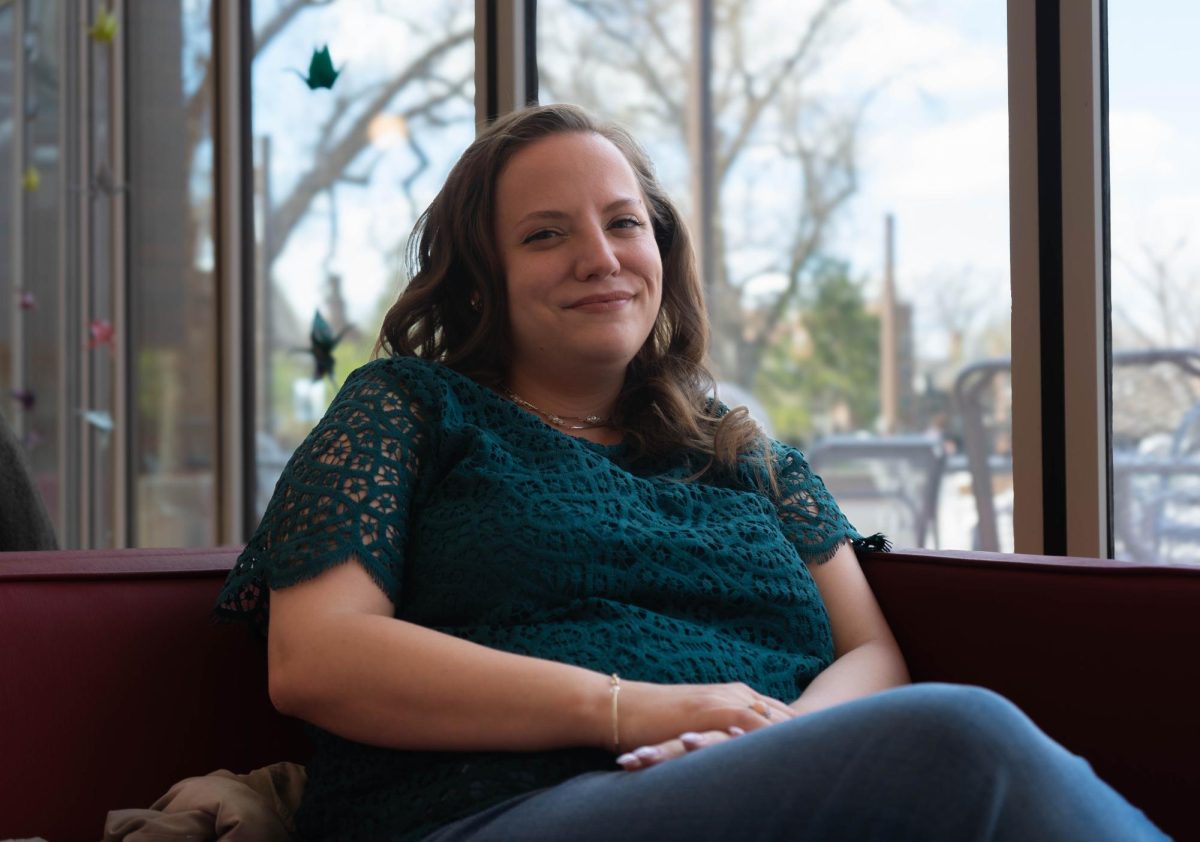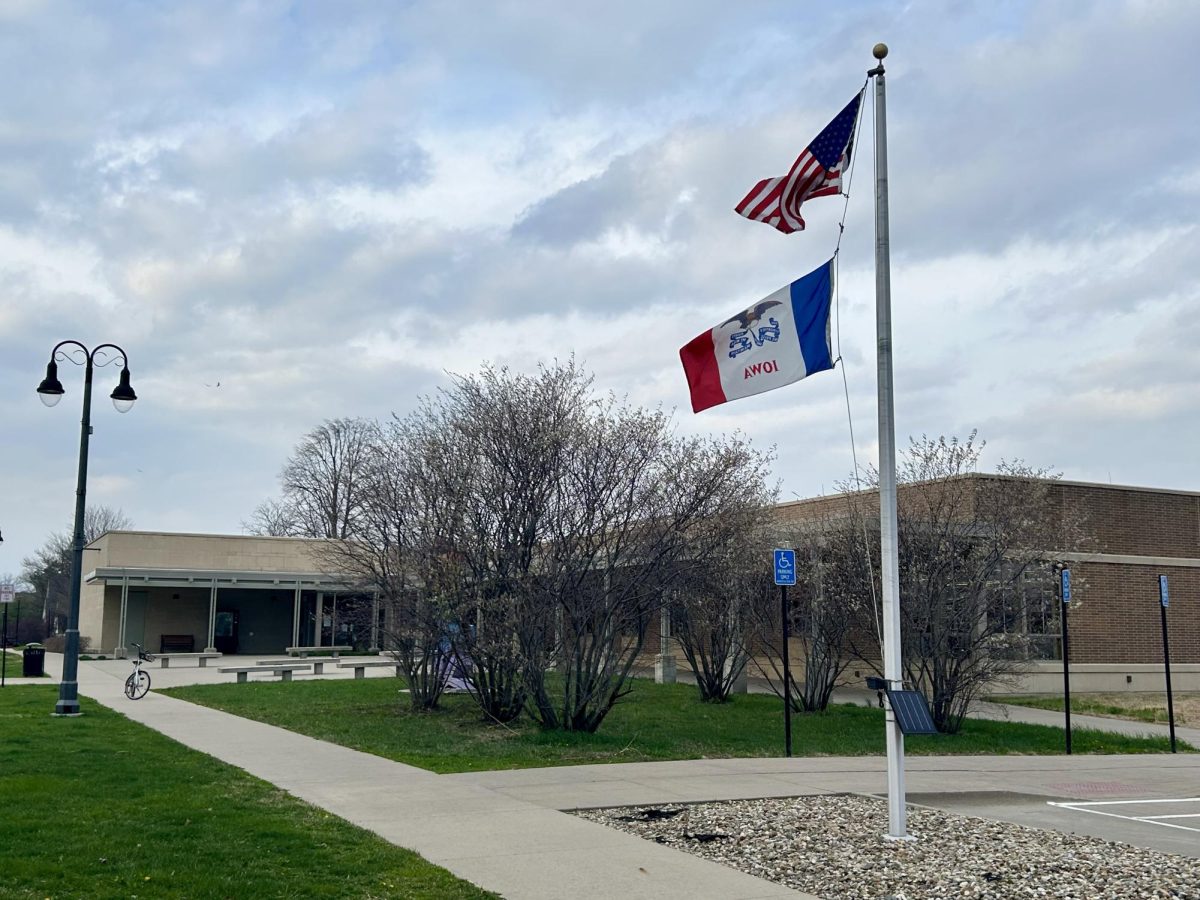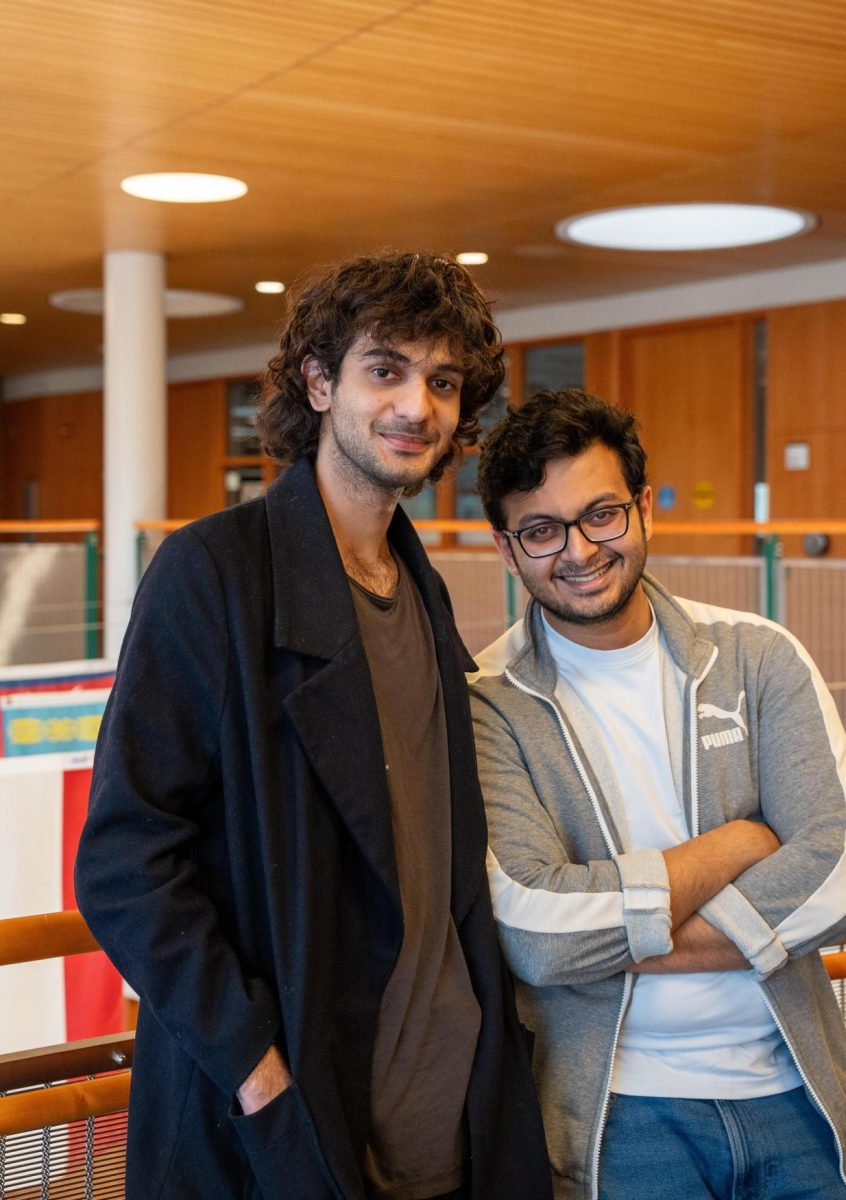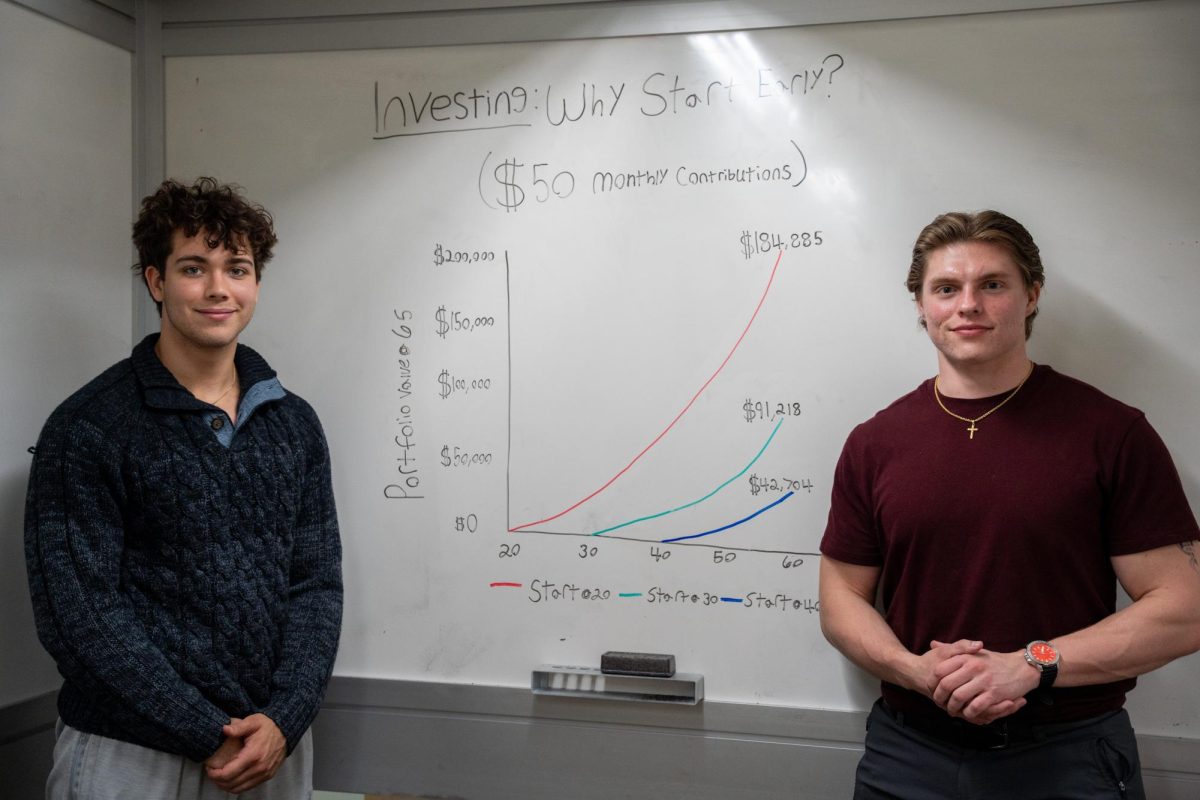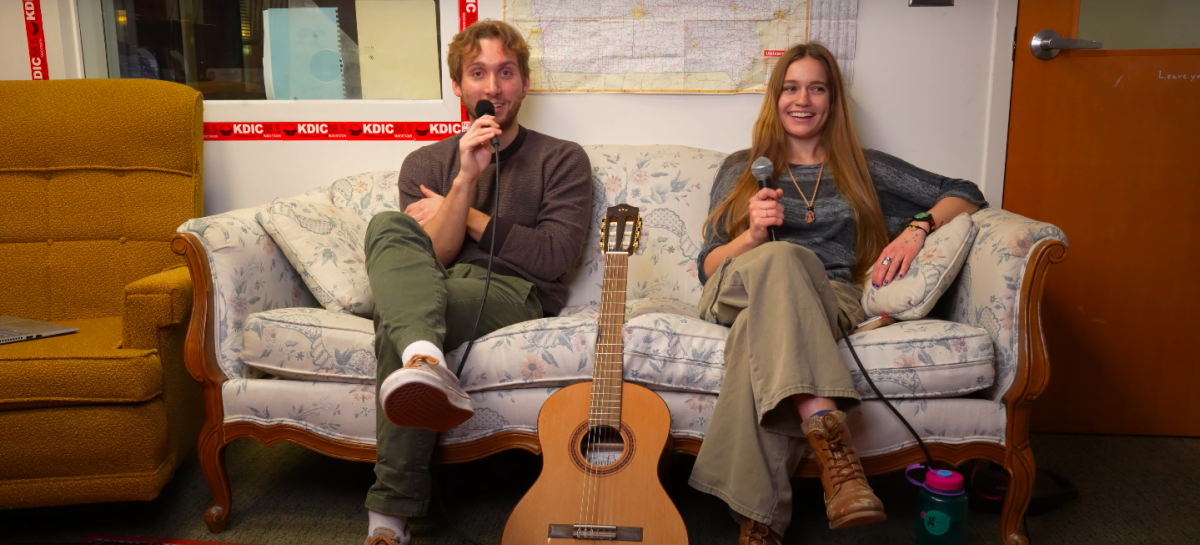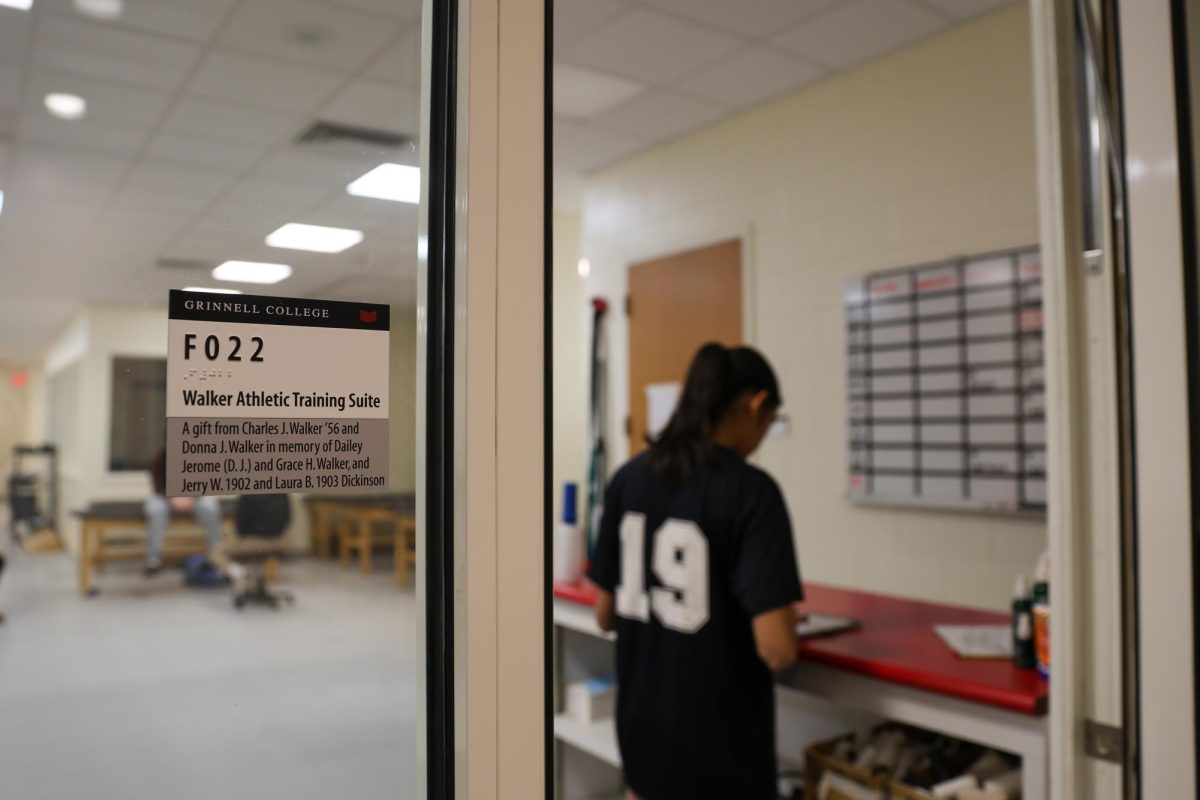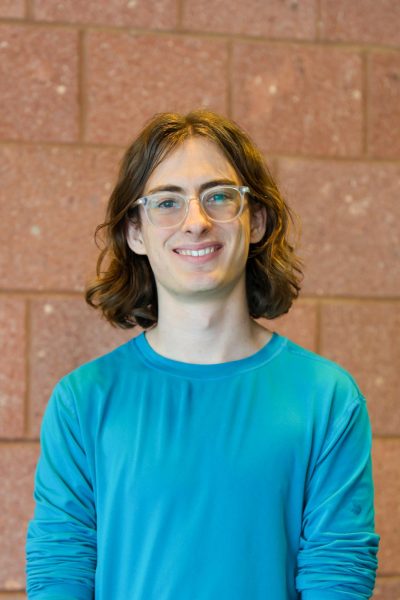The road to becoming a full-fledged academic can be an arduous process that entails many years of hard work and scholarship. However, attaining a terminal degree is only the beginning as the ascent up the academic ranks is yet another lengthy journey that will span six more years. Within this rite of passage towards a full professor position lies a universal experience all faculty members must undergo — faculty reviews.
According to Paul Hutchison, professor and department chair of education, there are three main ranks that a faculty member will advance through in their career — assistant professor, a contract position for those in the early-career stage, associate professor, where one is granted tenure, and full professor, the highest level attainable.
Faculty cannot be promoted to the next rank without first undergoing a review of the degree to which the professor has excelled in three main aspects of the job — teaching, research output and service to the College. At Grinnell College, the first review a professor will undergo is called the “interim review” which takes place in their third semester of appointment, according to the official guidelines for faculty reviews set by the dean’s office.
Professors submit a portfolio of course material and an updated curriculum vitae detailing their contributions to academia and the College. Hutchison explained that a review committee comprising tenured faculty from the professor’s department will be established to assess the portfolio, with at least three members of the committee having to observe the professor’s teaching in addition. Their recommendation goes to the personnel committee which comprises the dean, the chair of the faculty and representatives of each academic division. Then, it goes to the president and finally the board of trustees for approval of the decision.
The official guidelines and faculty handbook state that two outcomes can emerge from this interim review. If progress is satisfactory, the appointment is renewed for another two years. If there are “substantial professional difficulties in meeting college standards of excellence,” there is an immediate conversion to a more comprehensive assessment called a “complete review.”
The complete review is the second official review faculty members will undergo, usually in their third year at the College. Though a largely similar process, professors must also complete a personal statement where they must produce a report of at least four pages commenting on the work they have done since the last review. If the review is successful, the contract is renewed again for three years.
Hutchison said the first three years of a professor’s career would be “pretty stressful” due to the short-term nature of the appointment. “These are people who are like, ‘Hey, you get to keep your job, or not.’”
“It’s nerve-racking, honestly,” said Maisha Kamunde-Devonish, professor of chemistry who recently underwent a complete review herself.
In her sixth year at the College, she must clear a final review to be granted tenure and associate professorship. According to official guidelines, the process builds upon previous reviews and introduces one more aspect of assessment — an external review of the professor’s scholarship by an expert in the field.
“It can be people … you have a close relationship with,” said Sharon Quinsaat, professor of sociology. “It could be small, the field you’re in, so you know each other. You’re probably friends, or they’re your mentors.”
“I felt like I already had a strong portfolio in terms of research,” she said. By her third year, for example, she had already secured a book contract. However, she also acknowledged that securing enough material for tenure review can be difficult — the process of getting published can take anywhere from “three to five years,” and researchers will face many revisions and rejections. “It costs us a lot of stress, especially if you keep getting rejection from big journals,” she said.
An additional source of stress that Quinsaat highlighted those who start off as visiting assistant professors might face is the fact that the linear, automatic progression from assistant professorship to tenure track is not guaranteed.
“Availability [for tenure] opens up only when a professor leaves,” Quinsaat said. Faculty may be hired into the College on a tenure track, but many are also simply hired as visiting assistant professors on short-term contracts — just as she was in the beginning. She said that her opportunity to transition to a tenure track position arose only because another tenured professor from her department with similar research interests to her, immigration, had left for another institution.
“Students don’t really understand the level of anxiety and stress that professors in that part of the process are experiencing,” said Hutchison.
In 2022, Quinsaat was invited to join the newly established Presidential Task Force on Evaluating Teaching Excellence, on the subcommittee assessing tenure and promotion.
The taskforce was established in 2022 under the direction of President Anne Harris. Susan Ferguson, professor of sociology and director of the Centre for Teaching, Learning and Assessment, and Clark Lindgren, professor of neuroscience and Chair of the Faculty, were appointed as co-chairs.
She said that the committee was entirely faculty-led and had to consist of at least 15 faculty members. To ensure diversity of perspectives, they were drawn from all three academic divisions – natural sciences, humanities, social studies – and at different stages in their career. Meeting every two weeks, the committee is broken up into working groups that examine different aspects of the faculty review process and conduct comparative research of the different ways faculty are reviewed at institutions similar to Grinnell.
Grinnell is unique in the sense that the voices of students hold a significantly larger weight in the faculty review than at other institutions. Aside from the EOCE, the Faculty Handbook states that Student Educational Policy Committees (SEPCs) must form Student Review Committees (SRCs) to interview students who have done significant amounts of coursework with the professor under review. Based on that, they write a report detailing the professor’s strengths and weaknesses and their overall efficacy as an educator, mentor and academic, and make a recommendation.
“It’s important that we keep a component of this to be student voices,” said Ferguson, a sentiment Vanessa Figueroa Weston `24, member of the Education SEPC, agrees with.
“The faculty review is a big opportunity for you to speak on if you’ve had a really positive, really negative, or just some kind of experience that you want to share,” she said. She explained that the Student Government Association gives SEPCs a general framework of questions they can adjust to fit the context of the professor’s work within a specific department.
“In our department, they value our input a lot,” she said. “I think they should… because it’s for the students. I’m glad we get that piece because I think at a lot of schools, they don’t really get this opportunity to actually be involved in the review process.”
However, both Figueroa Weston and Quinsaat raised a similar concern regarding student involvement in the review process – that not many participate, despite having the chance to. For example, only 15% of students in one of Quinsaat’s courses filled out the online version of the EOCE when it was first introduced. It is an issue she is considering as part of her work on the taskforce.
“If their response rate is very low, then it’s an imperfect measure,” she said. “You can’t rely on it.”
“Sometimes it’s a smaller sample size than what we want, that might not be totally reflective of what everybody thinks,” said Figueroa Weston. Acknowledging that a formal interview might sound intimidating to many, she stressed that they were entirely voluntary. “You’re just talking with another student about your classroom experiences and it’s totally confidential.”.




